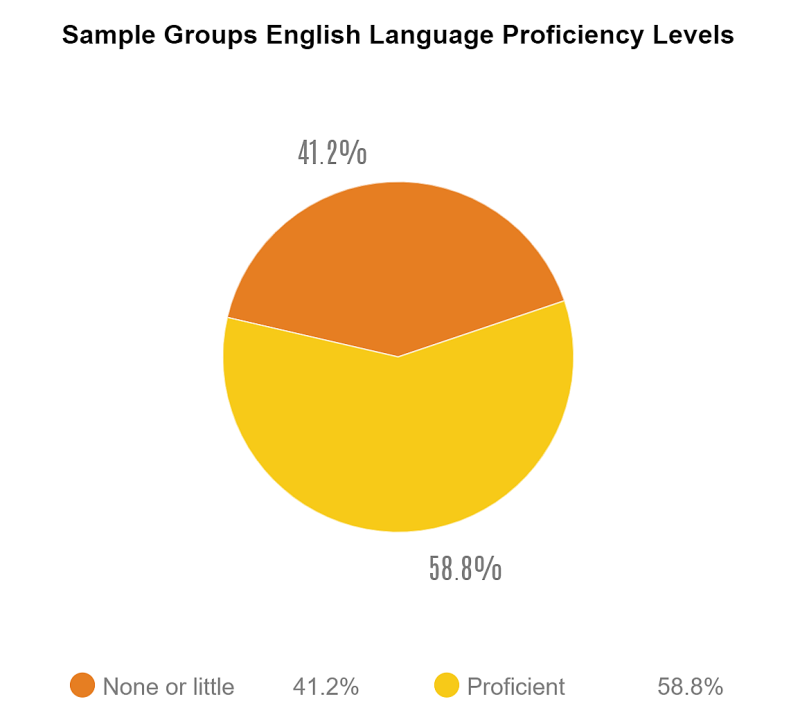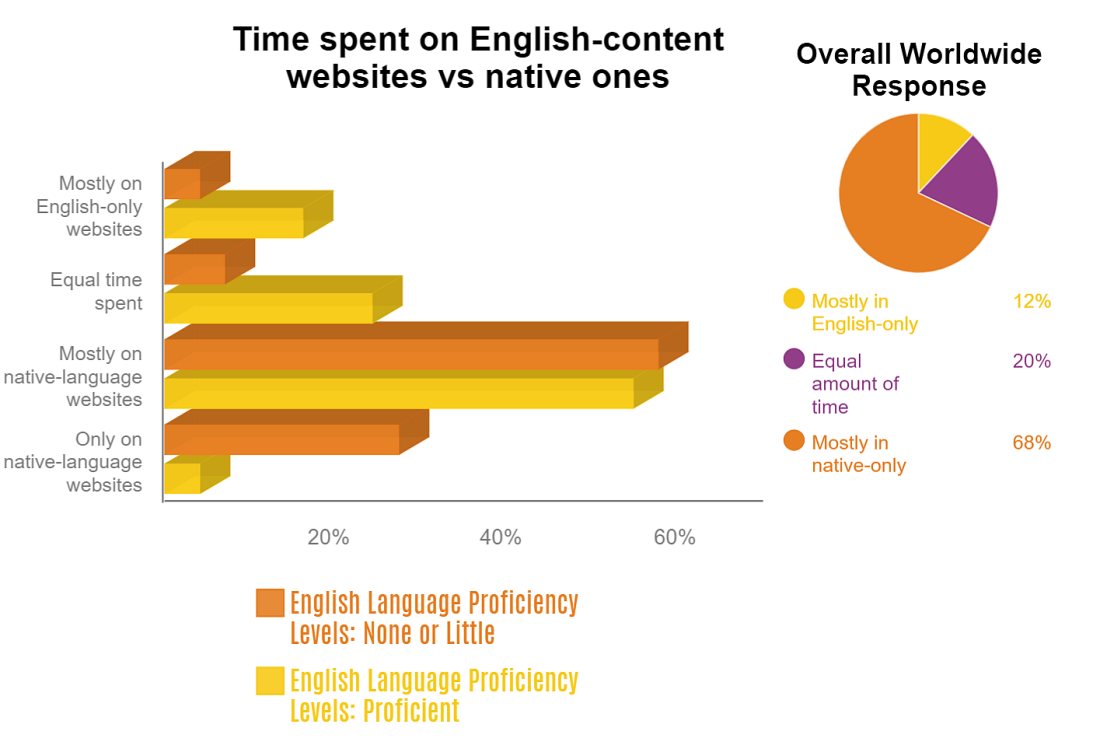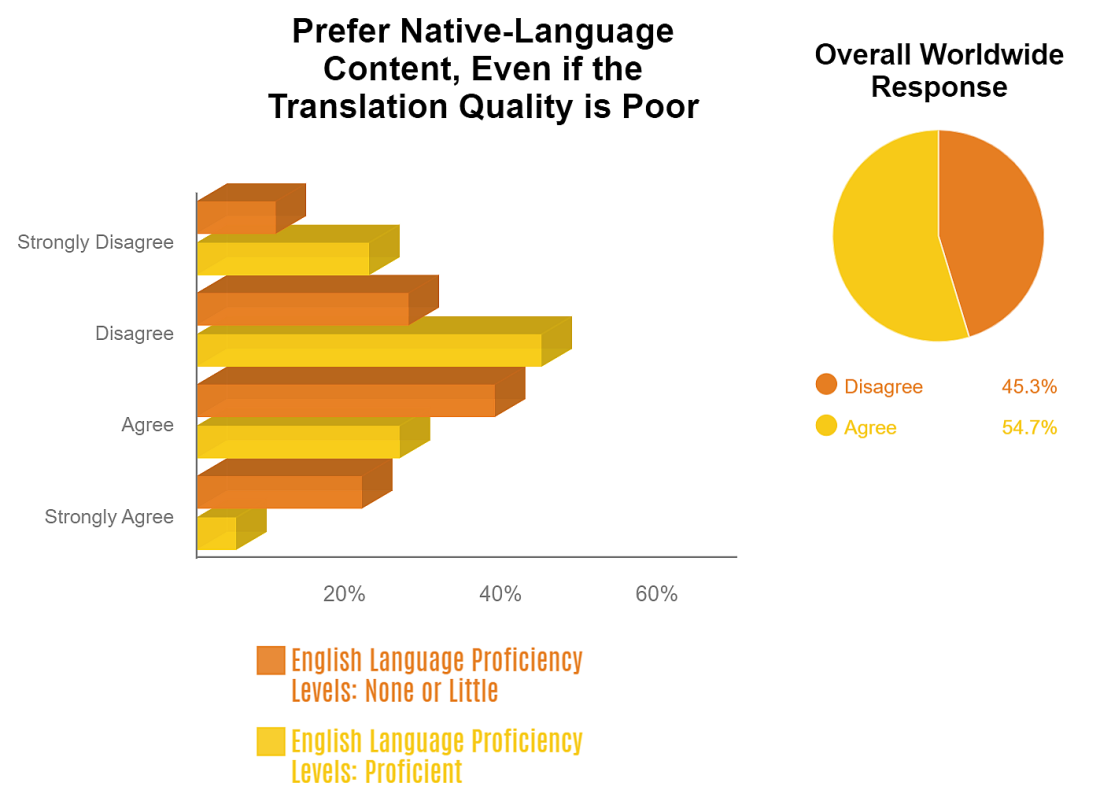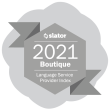Why Website Localization is Important
In this article, we will discuss the importance of localizing your website in the environment of a modern globalized market. What are the main reasons to do so, and what are the key benefits as a result?
Why Website Localization is Important
Author: Fred Visnevsky
As internet technologies continue to grow and expand, becoming ever more accessible and widespread, the value of a website grows too. A website is a highly valuable asset for any company in the modern globalized world with its ability to attract new visitors, inform them about your product or service, and – finally – conduct a sale, regardless of the type of business, its industry sector, and the website’s purpose.
Whether a website is designed to sell a product or to provide a service or information to its visitors, in order to achieve maximum effect its message has to be clear and fully understood by the person reading its content. To give themselves an edge over the competition, companies will often devote a lot of funds, time and effort to developing a website that will have great content and visuals and is well-optimised for search engines, but at the same time, they frequently neglect one key aspect – languages.
Language is the key element in driving sales and marketing efforts where the audience includes speakers of more than one language. While there are nearly 1.7 billion English speakers across the globe, only a fraction of them – approximately 330 to 360 million – consider themselves native speakers. That’s around 22% of the total number of English speakers and only 4.73% of the total global population as of 2018.
That’s more than 95% of the global population that simply won’t fully understand what you are talking about on your website in the first place. That’s a large number of potential visitors, users and – most importantly – clients that you are missing out on.
Graph 1 – Total Speakers of the English Language

Graph 2 – Total Native English Speakers

To back up our argument, we have combined the statistical data gathered by AD VERBUM with some from the most recent report – courtesy of Common Sense Advisory – presenting the behaviour of non-English natives and their purchasing decisions in relation to English-only websites. The analysis includes a sample group of more than 3,000 people (50% males / 50% females) across 8 countries, around 3 continents, aged between 25 and 65, and having varying English proficiency levels.
Sample group countries:
| Country | Population | Active Internet Users | GDP (Trillions) as of DEC-2017 |
 Brazil Brazil |
208m | 95.4m | 2T |
 China China |
1.379b | 804.6m | 12.2T |
 France France |
66.9m | 51m | 2.5T |
 Germany Germany |
82.67m | 74m | 3.6T |
 Japan Japan |
128.2m | 100m | 4.8T |
 Russia Russia |
145.3m | 72m | 1.5T |
 Spain Spain |
48.5m | 34m | 1.3T |
 Turkey Turkey |
79.51m | 36.9m | 851B |
Graph 3 – Sample groups English Proficiency Levels

International Visitors on English-Only Content Websites
In one way or another, English-only content websites attract international visitors from across the globe. Recipients were asked how often they visit English-only content websites. Their answers were placed into 5 categories, while the respondents were split into two groups based on their English proficiency levels.
Graph 4 – How often do you visit English-only content websites?

The above analysis clearly shows that, while one-third of our respondents rarely or never visit English-only content websites, two-thirds do so, but with varying frequency. One of the reasons why is related to the fact that some of the highest traffic sites across the web are available only in English, regardless of the types of services they offer or their content.
Graph 5 – Visit Frequency Per Country

Meanwhile, visits per country show a slightly different picture in terms of ratios, with some countries having a higher degree of flexibility with regard to visiting English-only websites or native-language websites, while others, for the most part, prefer websites available in their native languages (Brazil / France).
Time spent on English-content websites vs non-English ones
When analysing the time spent by respondents on English-only content websites against native-language websites, the following data was gathered.
Graph 6 – Time Spent on English-content websites vs native ones

The clear conclusion is that, regardless of their proficiency in the English language, native speakers prefer websites with content written in their native tongue (68%) and will spend the vast majority of their time on them. There are some minor differences on a per-country level (such as French (81%), Brazilian (85%), and Japanese (83%), where visitors will predominantly spend their time on native-language websites), but the trend is generally consistent across the board. English proficiency adds a small differentiation margin, but it does not affect the overall trend in any significant way. Native speakers will prefer content that is available in their native language.
Online Purchases on English-Only Content Websites
As mentioned above, one of the key aspects of every website is to either sell a product or service, provide information, or simply encourage a user to perform a certain activity. During the analysis of feedback with regards to how frequently recipients were making purchases from English-only websites, the following data was gathered.
Graph 7 – Online Purchases on English-only Language websites

This shows that the vast majority of recipients are most confident in making purchases on websites in their native language. While there are some differences when analysing per-country results, not a single one of the observed respondent groups had an equal preference for purchases made on English vs non-English websites. All of them preferred making purchases on native-content websites, regardless of their English language proficiency.
Graph 8 – Per Country purchases made on English-only websites

Quality of Translated Content – Does It Matter?
So far, we have established from the above analysis that people will always prefer content that is available in their native language, regardless of their proficiency in English. But what about the quality of the translated content? We are certain that many of you have at least once come across examples of both an excellent translation and a very poor one. We have always found it fascinating how the meaning of the message that a website (or any other content) tries to deliver can be changed by just a few incorrectly translated, misplaced, or out-of-context words.
But how does that affect a potential buyer/user of your service? It is clear that having a website that was originally written in English translated to a high standard will significantly increase the chance of a potential non-English native buyer making a purchase on it. However, will the opposite effect take place if the translated content has some quality issues?
We have an answer for that. When we approached our respondents with the question "Would you still make a purchase from a website that has content available in your native language if the quality of that content was poor?", the following results were gathered, which provide you with a clear answer.
Graph 9 – Native-Language Content Preference, Even If the Translation Quality is Poor

Conclusion
Language is important: in our modern global economy, the ability to be understood is a powerful asset that can be added to any marketing strategy. Websites are at the heart of any modern marketing strategy, and Localization of your website will provide you with a guaranteed result – it will drive new, previously inaccessible (due to the language barrier) visitors, as well as sales and your business prospects.
Massive budgets are often spent trying to increase market share within a certain oversaturated market niche. Instead, why not attempt to increase your presence in a similar niche of a different country’s market? Barriers to entry may be much lower, while your solution may be significantly better than what the local competition can offer.
But how to make the right choice as to your first non-English language? When it comes to your website, our recommendation is traffic analysis – this is the key to your first successful Localization. There are various analytical tools available on the market that show the countries your traffic originates from. Analyse these, identify one (or usually several) countries with the best performance, find out which languages are spoken in those countries. Frequently, one language is commonly spoken across multiple countries.
Alternatively, perhaps your statistics show that many of your international clients originate from a specific country? That strongly suggests that localising your website into the language of that country will only further increase traffic from it and, as a result, sales.
Regardless of which Localization strategy you choose, a localised website is a powerful Search Engine Localization (SEO) factor, which will not only attract new organic traffic from the Localization target country(-ies) of your choice, but also boost your overall domain authority, and this, in turn, will further improve the ranking of the original English version of your website.
Are you ready to take your first Localization step? We can help you with that!
References
Tradingeconomics.com. (2018). GDP - Countries - List. [online] Available at: https://tradingeconomics.com/country-list/gdp [Accessed 30 Oct. 2018].
Internetworldstats.com. (2018). Top Ten Internet Languages in The World - Internet Statistics. [online] Available at: https://www.internetworldstats.com/stats7.htm [Accessed 30 Oct. 2018].
Data.worldbank.org. (2018). World Population, total | Data. [online] Available at: https://data.worldbank.org/indicator/SP.POP.TOTL [Accessed 30 Oct. 2018].










